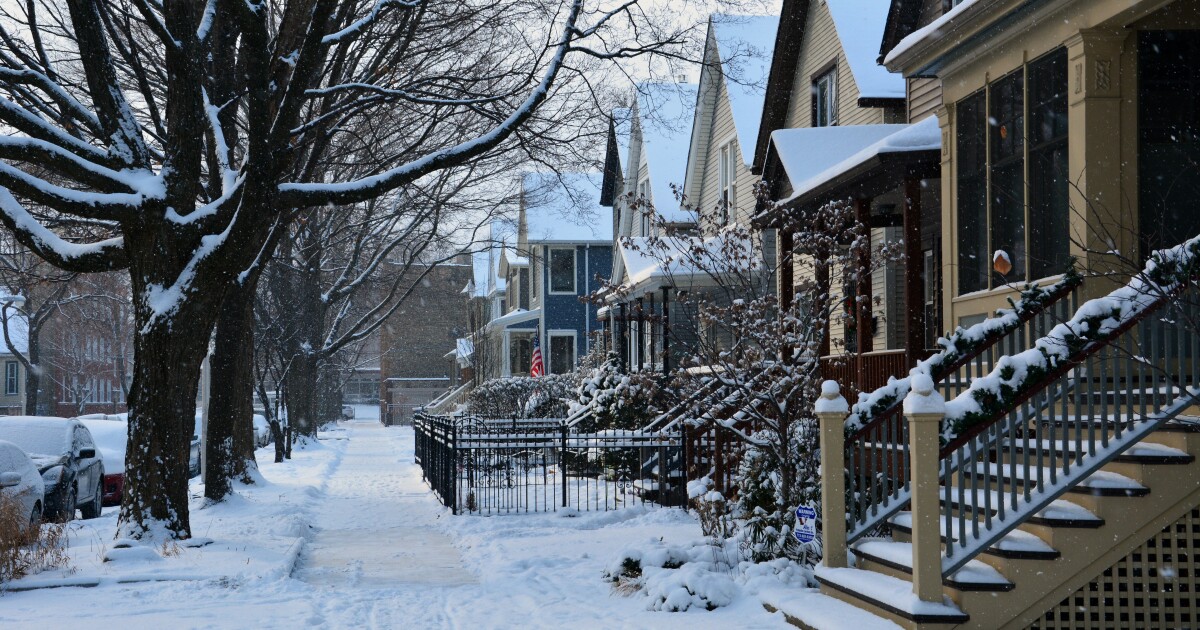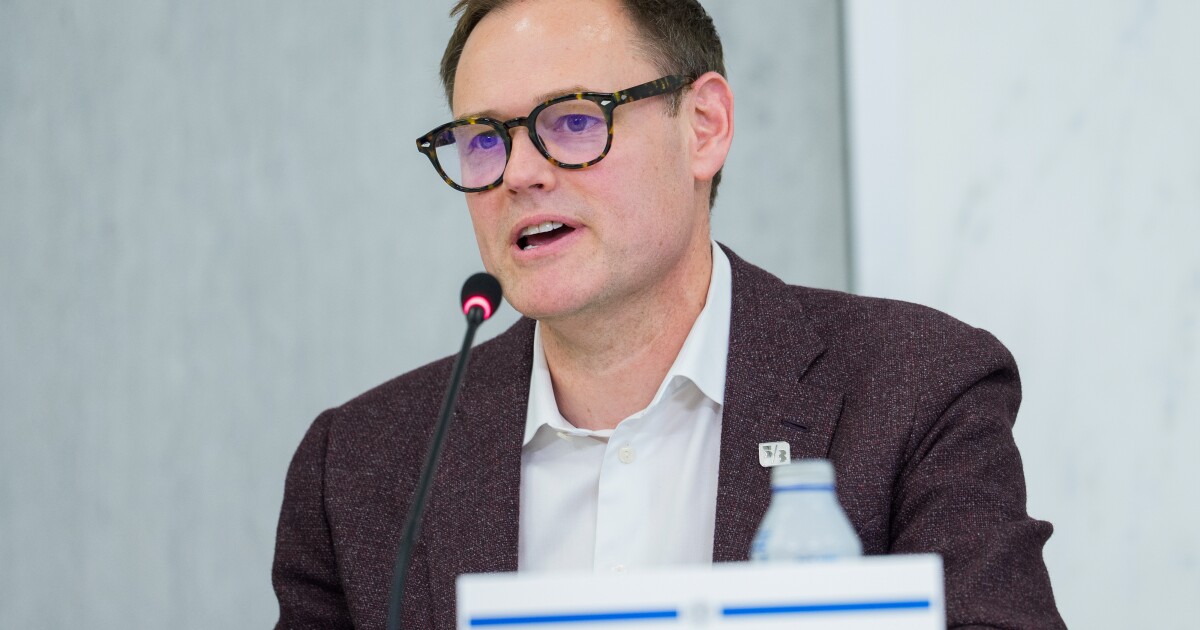
Annual numbers for deferrals surpassed mods for the second year in a row during 2023, with the former totaling 84,358 and the latter at 57,041, according to new fourth-quarter data the Federal Housing Finance Agency released this week.
"The increased use of payment deferrals during the pandemic is very clear, where it was used sparingly in the past," said Kanav Bhagat, a housing policy and risk consultant for the Center for Responsible Lending.
But deferrals haven't overtaken mods in the long run yet, pointing to the latter's historical and continuing importance in loss mitigation.
Since the Great Recession's housing crash forced the enterprises
Mods were originally more prominent post-crash because "there was an expectation that the borrowers needed that reduced payment and the modification was the mechanism to achieve it," said Meg Burns, executive vice president of the Housing Policy Council.
"Whereas this crisis, the expectation was, the borrowers could resume making their previous payments," she added, noting that the response ultimately had to be adapted for longer-term hardships than initially anticipated.
The high numbers for the two strategies, regardless of the relative relationship, show both have staying power that other home retention efforts like the
Mods "absolutely have a role to play, because not all borrowers can resume making their previous payments. So the deferral approach cannot be the singular loss mitigation of choice program," Burns said.
And deferrals haven't had performance issues like Homesaver Advance, which policymakers have worked to learn from. Deferrals put aside missed payments into a non-interest-bearing obligation not due until the loan matures through refinancing, a sale or other pay off.
The use of deferrals can result in an obligation due when the original loan is paid off, but most borrowers do refinance or sell before then, and when they don't, servicers generally work to structure manageable payments for the borrower.
One thing the shift in home retention numbers does point to is the pandemic likely will leave government-related agencies with a more diversified set of foreclosure prevention strategies that could center on honing in on the central idea behind deferrals.
"There are several of us who believe that the missing set of tools are tools that would enable a servicer to access some source of funds when the borrower is delinquent rather than putting the borrower in forbearance," Burns said. Ideas have included
How far this concept can be extended into other government-related housing programs beyond Fannie and Freddie's remains to be seen, and the others are structured differently.
The Department of Veterans Affairs discontinued its pandemic partial-claim program in October 2022, citing its budget impact, but due to subsequent issues the agency later extended a pandemic modification option and began work on a successor program.
The successor VA Servicing Purchase program was still pending at the time of this writing. It is set to be released this spring. The VA has asked servicers to
The VA provides a partial guarantee on loans that contributes to challenges making the partial claim economical.
Meanwhile, the Federal Housing Administration has been doing things like adjusting its home retention strategies to address a specific market condition that has recently affected borrowers in its program: issues that arise due to
That development points to the fact that current market conditions will have some bearing on whether current trends in foreclosure prevention persist or not.
"Rates are going to shift, labor markets can be strong or soft, the trajectory of house prices is going to be another key determinant in terms of whether you have borrowers underwater," said Michael Neal, a senior fellow at the Urban Institute's Housing Finance Policy Center.
"Maybe to a bit of a lesser degree, lending standards will play a role," he added. "In the lead up to the pandemic, standards were arguably tighter than then they were in the years leading up to the Great Recession.
"My hope is that we know more in the aftermath of the pandemic about how what we did more recently is different from the past, framing it around what kind of lessons were learned and what that means for the future," Neal concluded.



